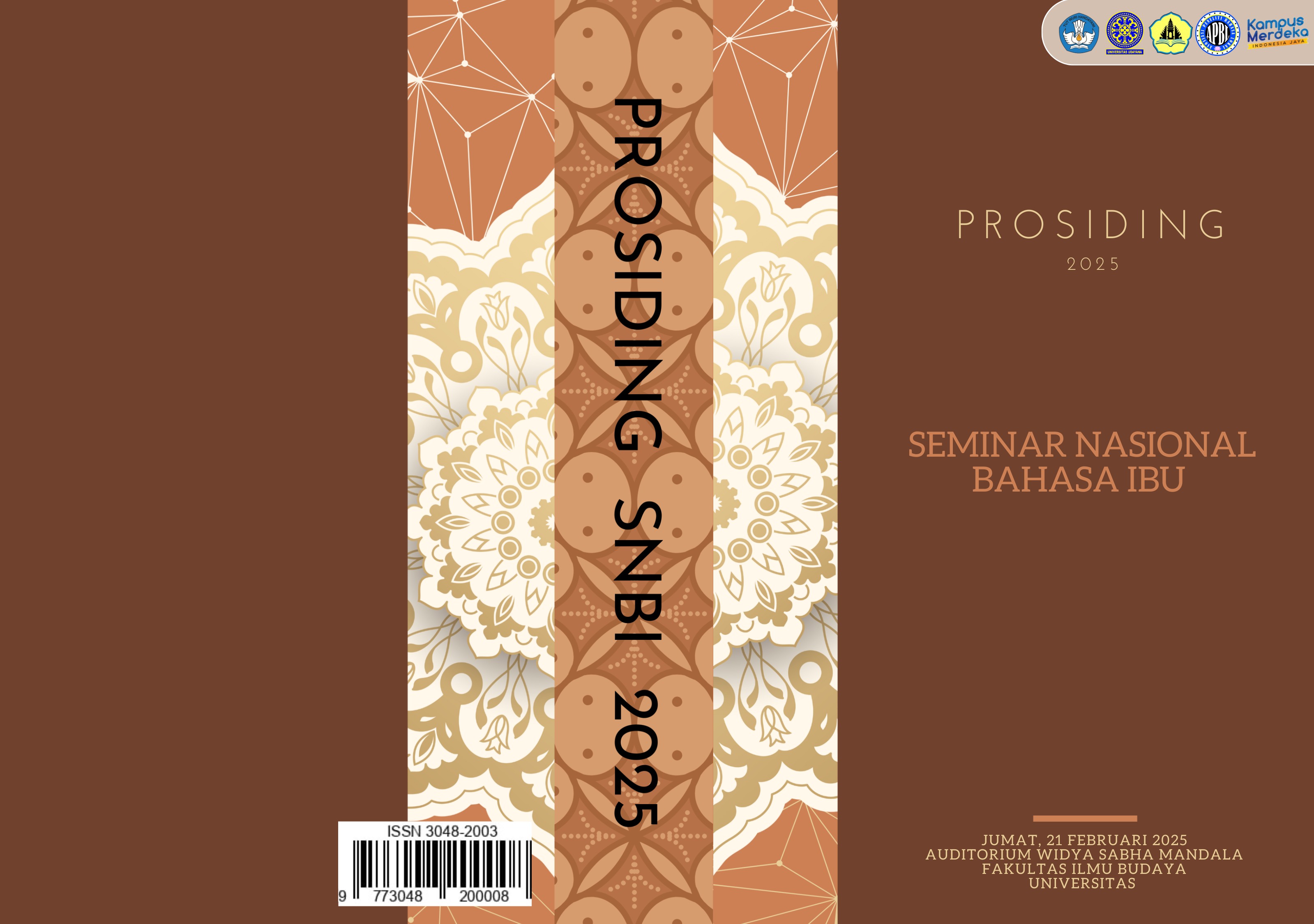DISTRIBUSI DAN FREKUENSI PENGGUNAAN PARTIKEL BAHASA BANJAR DI MEDIA DIGITAL
Abstract
The use of the Banjar language in digital media serves as a crucial strategy for preserving regional languages amid globalization. Digital platforms provide a space for Banjar speakers to maintain and develop their language across various communicative contexts. This study employs a descriptive quantitative approach to analyze the frequency and distribution of Banjar language particles in different digital media, including folklore in digital newspapers, digital storybooks, and the Leipzig Corpus of the Banjar language. Data analysis was conducted using AntConc software, enabling systematic identification and mapping of particle occurrences within the digital corpus. Findings indicate an uneven distribution of particle usage. A Chi-Square test revealed a significant difference (p < 0.05) in particle frequency, suggesting specific tendencies in Banjar digital communication. The particle ai appears more frequently in folklore (56.52%) and children's stories (52.31%), whereas gin is predominantly used in the Leipzig Corpus (58.22%). This distribution suggests that particle usage in Banjar language is highly contextual, influenced by media type and communicative purpose. Interactive media, such as children's stories and folklore, tend to employ particles with stronger interpersonal functions. Conversely, the Leipzig Corpus, which reflects more formal usage, predominantly features particles that function as markers of equivalence or additional information.

 Dikelola oleh Program Magister dan Doktor Ilmu Linguistik Fakultas Ilmu Budaya Universitas Udayana
Dikelola oleh Program Magister dan Doktor Ilmu Linguistik Fakultas Ilmu Budaya Universitas Udayana
